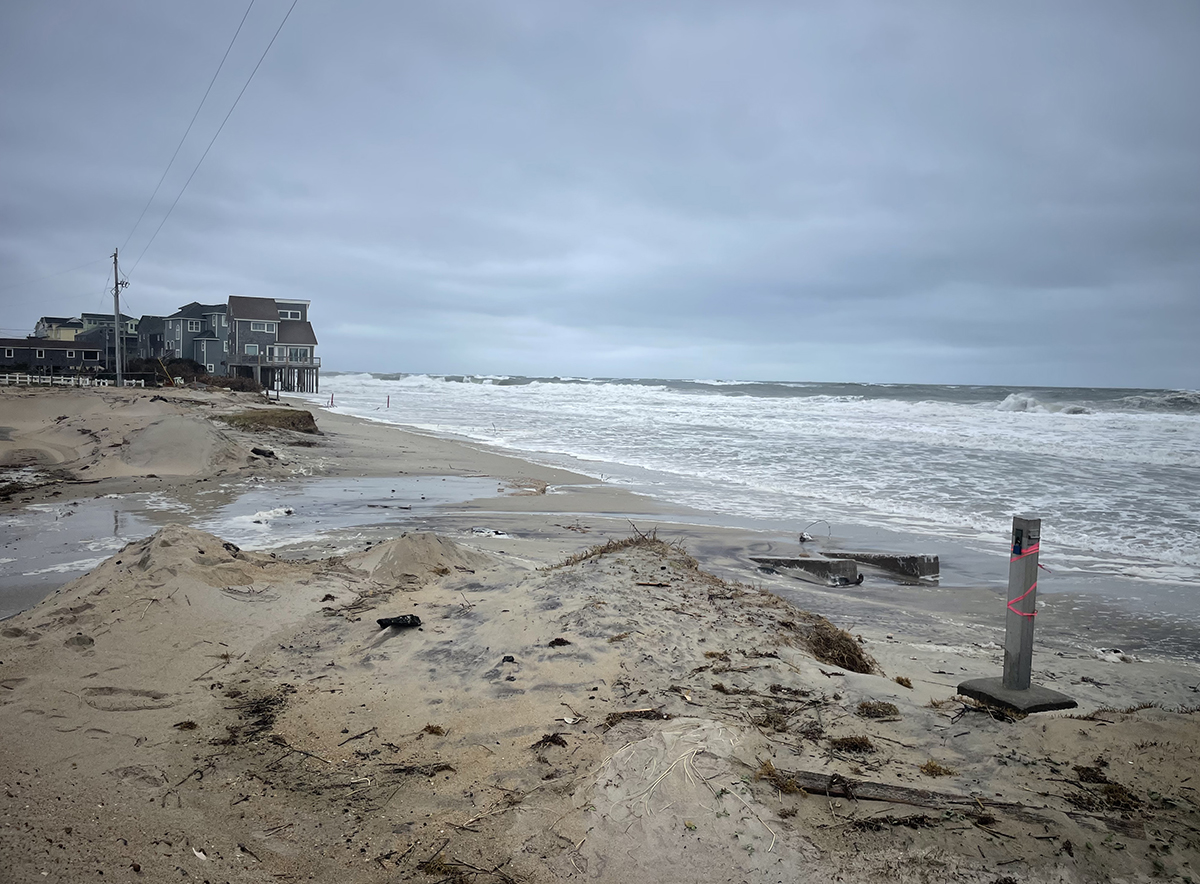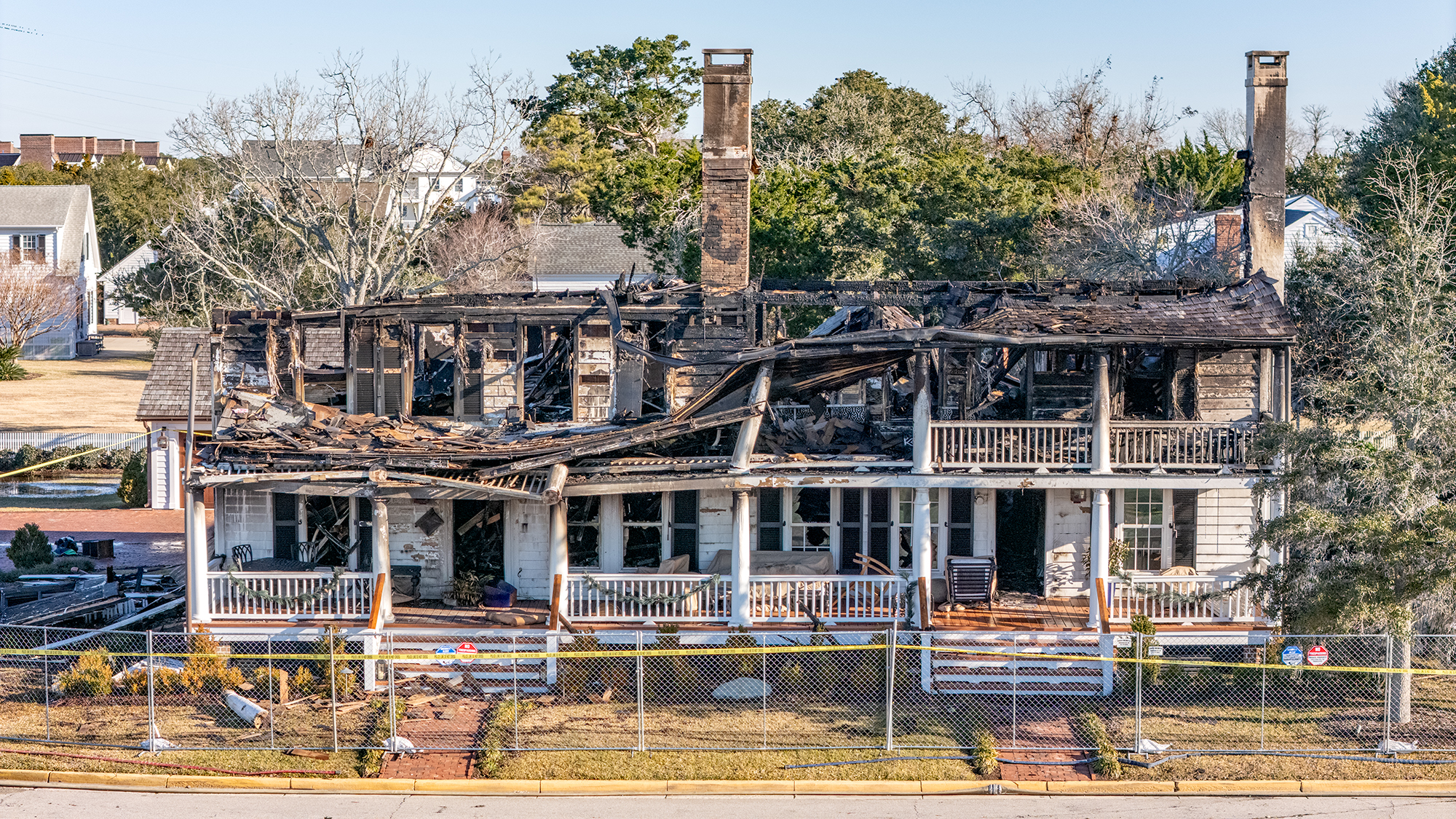
The Army Corps of Engineers’ Savannah District has awarded a contract for the second phase of cleanup at the former Buxton Naval Facility site in Dare County.
The petroleum-contaminated property is being handled under the Defense Department’s Formerly Used Defense Sites, or FUDS, program. The Buxton Beach access is also part of the Cape Hatteras National Seashore.
Supporter Spotlight
The Interim Response Action contract awarded Thursday to Eastern Shawnee Bay West JV, a joint venture between Eastern Shawnee Professional Services and environmental cleanup firm Bay West follows the first phase, for which Bay West LLC was the contractor, and includes work along the beach to further investigate the site for petroleum-impacted soil and groundwater.
The contractor is to bring in heavy excavation equipment and roll-off containers to remove and containerize any petroleum-polluted soil encountered, transporting and disposing the material at an off-site waste management facility. The equipment is due to arrive within the next two weeks, officials said.
The contractors and Savannah District personnel have been at the site since Aug. 8, monitoring conditions and containing the contamination, when needed, by placing oil-absorbent booms around any observed petroleum.
A 0.3-mile stretch of beach at the site at the south end of Old Lighthouse Road has been closed since Aug. 2 because of the presence of petroleum odors and sheens. Strong surf caused significant erosion that exposed contaminated soils on the same stretch of beach that had reopened June 12 following the lifting of a precautionary public health advisory by Dare County’s Department of Health and Human Services and after consulting with the U.S. Public Health Service.
In addition, the entire beachfront from Buxton village to 0.4 miles north of off-road vehicle, or ORV, ramp 43 is closed to public entry due to damage to dozens of houses and associated septic systems caused by Hurricane Erin in August. Officials said leaking septic systems, along with compromised decking, HVAC systems, pilings, concrete parking areas, and wiring, poses a serious public health and safety threat.







